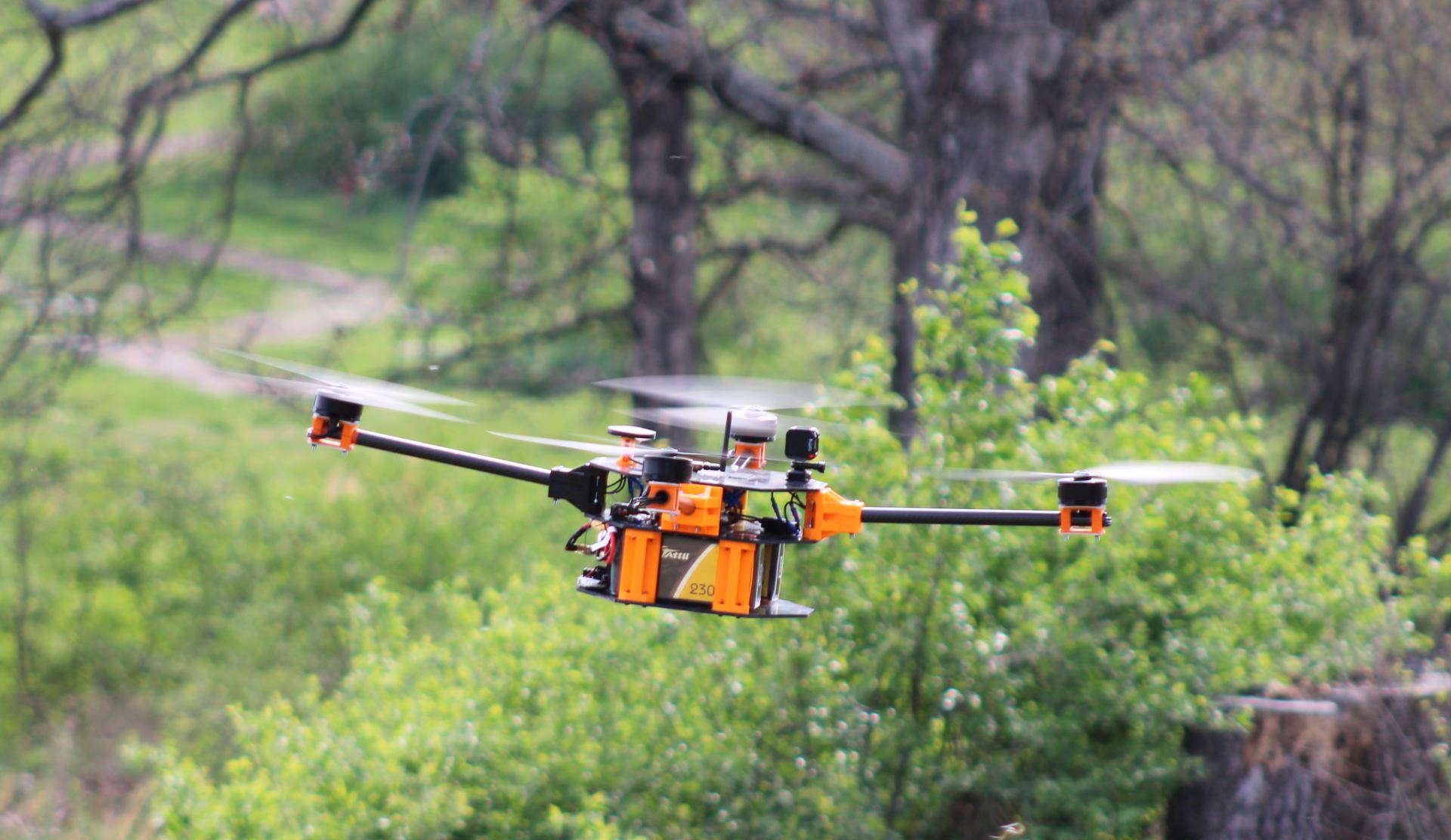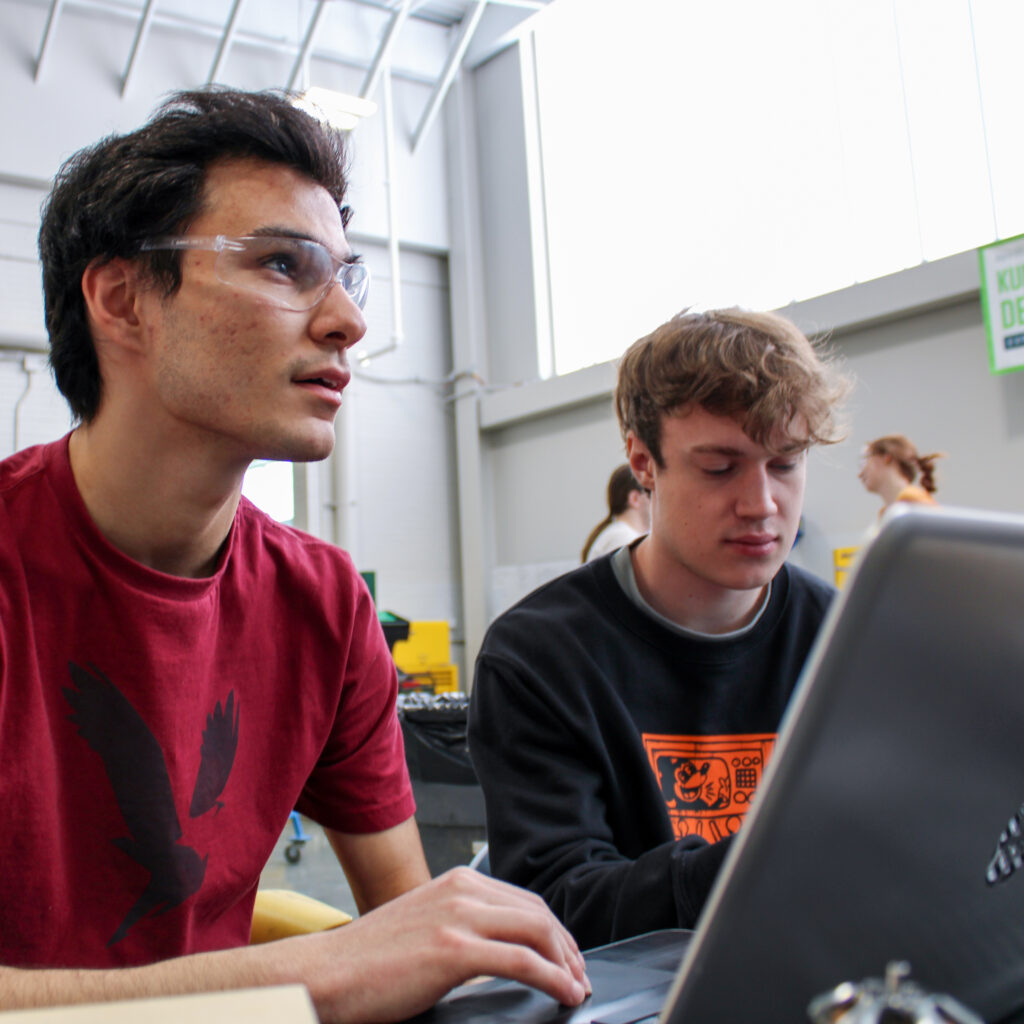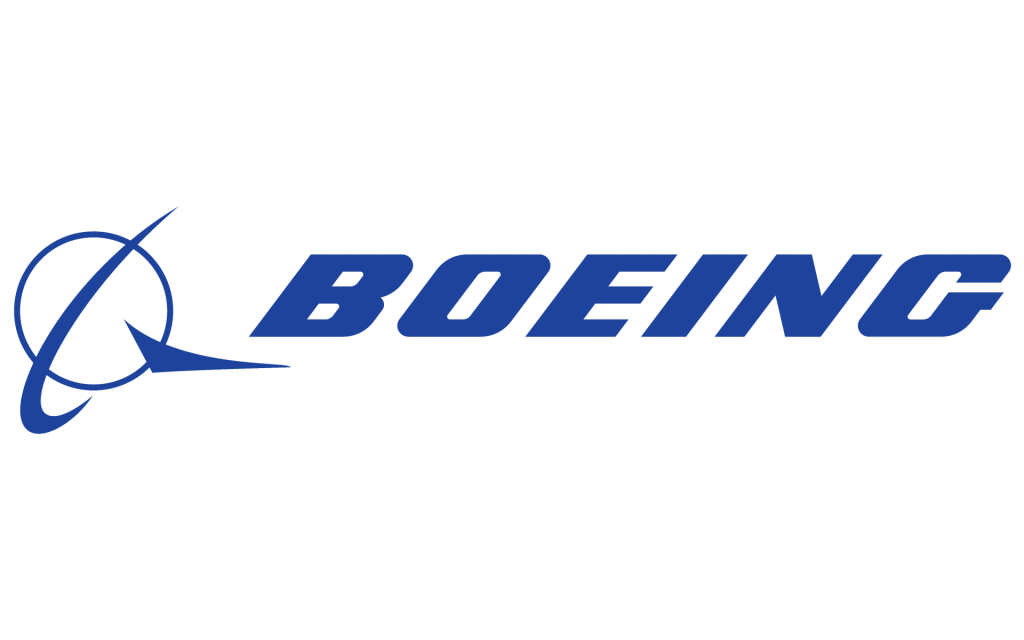
WHO WE ARE

HARDWARE
Design, model, and build the physical drone with CAD software, carbon fiber, and heaps of electronics.

SOFTWARE
Write code to make fully autonomous drones with computer vision and flight logic. Develop web/mobile apps for the team.

RACING
Build and Fly custom FPV (First-Person View) racing drones and compete in regional races for Missouri S&T.

BUSINESS
Promote our team on Social Media and design websites, t-shirts and other merchandise.
OUR SPONSORS













